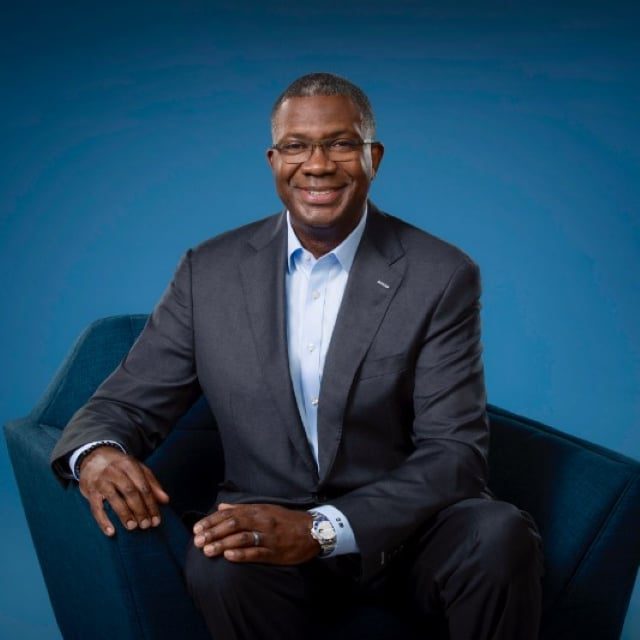The Middle Market Has Changed

Ordinary Americans of all ages are having trouble with planning and saving, and financial services players need to step up and help.
Terrance Williams, the president and chief executive officer of TruStage, talked about his vision for easing the strain on those customers in a recent interview.
“We believe it’s critical to address the unique needs, challenges and anxieties of middle-market consumers and to ensure that a brighter financial future is accessible to everyone,” Williams said.
TruStage is the Madison, Wisconsin-based company formerly known as CUNA Mutual. It started out as a company that provided insurance products for credit unions. Now, it provides insurance, investment products and technology services through advisors as well as through a wide range of financial institutions.
Williams has a bachelor’s degree in risk management and insurance from the University of South Carolina.
He worked his way up as a marketing executive at Nationwide from 1995 through 2019 and was president of Nationwide’s emerging businesses division when he left. He then ran large divisions at Allstate for three years before joining TruStage as its CEO a year ago.
He responded to questions via email about how middle-market consumers look from his current post. His answers have been edited.
THINKADVISOR: What makes the customers at credit unions and banks tick?
TERRANCE WILLIAMS: Life insurance and annuities customers are all seeking to fulfill the fundamental need for financial security.
Credit unions and regional banks are slightly more likely to serve middle-market consumers, compared to the individual market.
Middle-market consumers today may feel that their financial decisions are riskier compared to last year due to weak economic sentiment and uncertainty about the future.
For example, they might be worried about the rising cost of living, having enough money for retirement, or paying for their health care. They are also having to make difficult decisions on where to invest limited resources.
Credit union members, often a more diverse group, may be facing these pressures more than other customer segments.
While regional bank customers share many of the needs of credit union members, they may feel slightly more financially secure.
Consumers who use advisors are typically the most financially comfortable.
How about the 35-year-olds? Have they changed?
I have been in this industry my whole career. While the fundamental needs for financial security today and 20 years ago are similar, much has changed since I started.
Today’s 35-year-olds are seeking to optimize their lives, expecting services to be “on-demand” while at the same time being open to seeking help from others.
They depend heavily on smartphones and apps, so they expect a seamless experience for every interaction.



